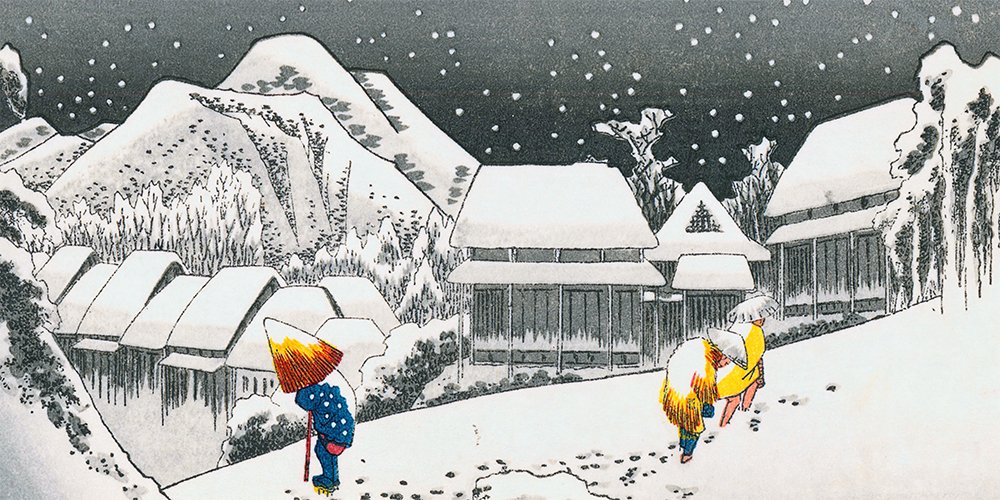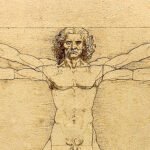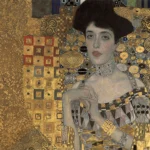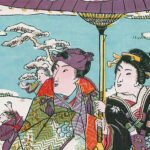Utagawa Hiroshige (1797–1858), born Andō Tokutarō in Edo (modern-day Tokyo) in 1797, is one of Japan’s most celebrated Ukiyo-e artists. Famous for his evocative landscapes and poetic scenes of daily life, Hiroshige helped transform the traditional Japanese woodblock print into a medium of atmospheric beauty and storytelling. His works not only captivated Japan but also inspired generations of Western artists, including Monet and Van Gogh.
Early Life and Artistic Training
Hiroshige was born into a samurai-class family. His father, who served as a fire warden for the shogunate, died when Hiroshige was just 12 years old. He inherited the position but also pursued his growing passion for art. Around the age of 14, he became a student of Utagawa Toyohiro, a noted master in the Utagawa school of Ukiyo-e. This formal apprenticeship gave Hiroshige a strong grounding in the artistic techniques and themes of the time, particularly the depiction of actors, beautiful women, and city life.
Though initially creating works in the traditional Ukiyo-e genres of portraits and kabuki scenes, Hiroshige’s true breakthrough came when he shifted his focus to landscapes—a relatively new subject in printmaking.
Iconic Series and Artistic Achievements
Hiroshige’s most renowned series is “The Fifty-three Stations of the Tōkaidō” (1833–1834), a collection of woodblock prints depicting the scenic journey between Edo and Kyoto along the Tōkaidō road. With this series, Hiroshige established himself as a leading artist of landscape prints. He captured not only the physical beauty of Japan’s terrain but also its changing seasons, weather, and the spirit of the people traveling the route.
Following its massive success, Hiroshige produced other iconic series, including :
- The Sixty-nine Stations of the Kiso Kaidō (with Keisai Eisen)
- One Hundred Famous Views of Edo
- Famous Views of the Sixty-odd Provinces
Each series showcases his unmatched skill in composition, perspective, and his signature use of atmospheric effects like mist, rain, and snow. These images were widely circulated and admired, becoming artistic benchmarks in both Japan and Europe.
International Influence and Lasting Legacy
Hiroshige’s prints reached Europe in the mid-19th century, playing a pivotal role in the development of Japonisme, which heavily influenced Impressionist and Post-Impressionist artists. Van Gogh even created painted copies of some Hiroshige prints, drawn to the flat planes of color, strong outlines, and harmony with nature.
Despite remaining in Edo throughout his life, Hiroshige’s prints gave the world a visual passport to the beauty of Japan. He died in 1858 during a cholera outbreak, shortly after becoming a Buddhist monk.
Bring the Spirit of Edo into Your Home
Discover the serene beauty and timeless charm of Utagawa Hiroshige’s art. Whether you’re drawn to misty mountains, bustling travel scenes, or quiet snow-covered bridges, his prints offer a peaceful window into 19th-century Japan.
Find below a selection of prints from Hiroshige to decorate your home.




